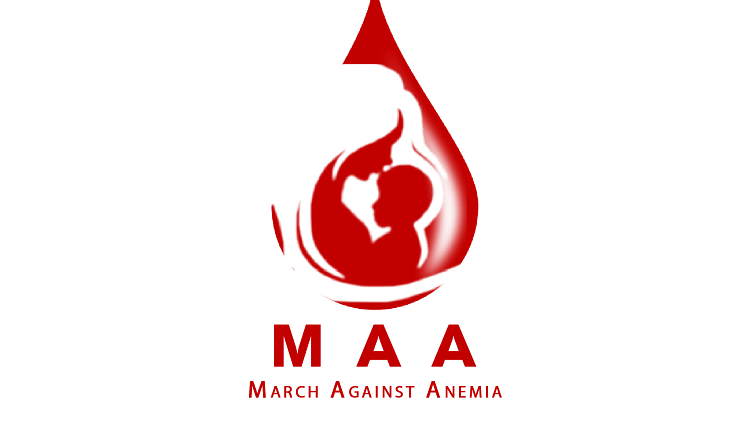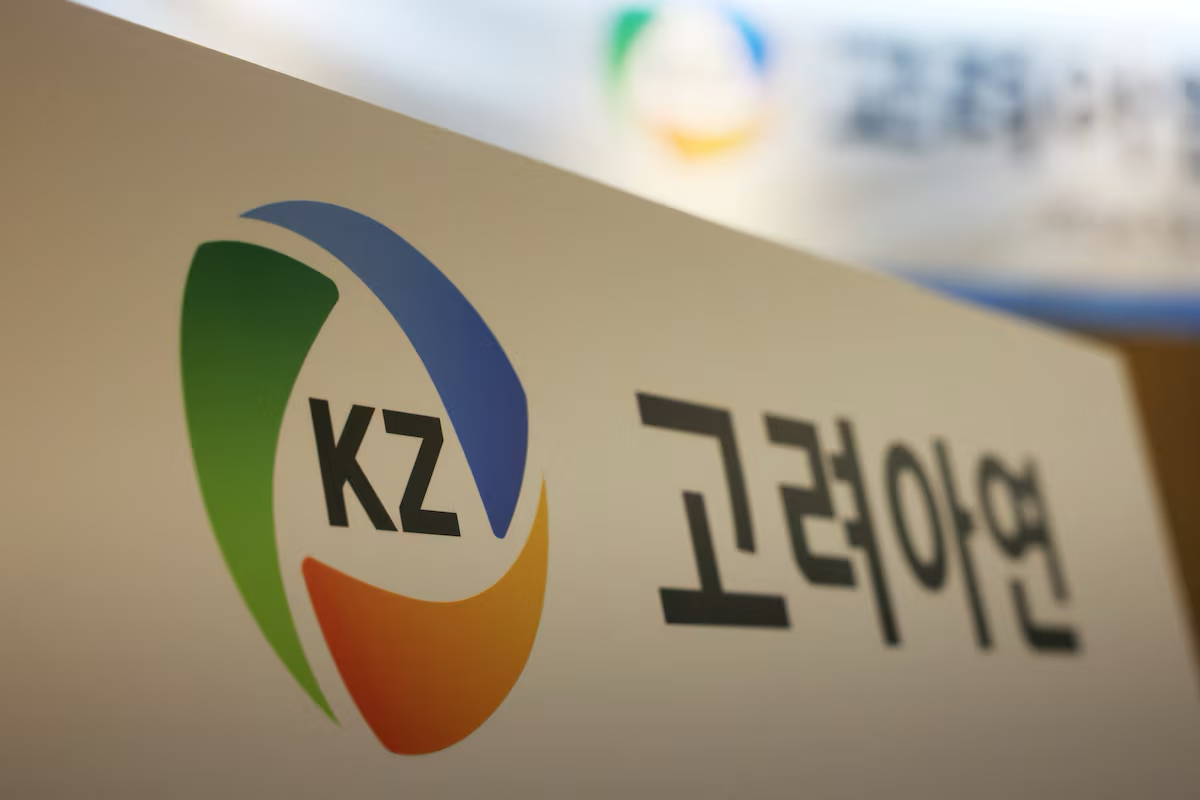Nourish, Prevent, Protect
| Key Takeaways:
|
Introduction
India is home to the world’s largest adolescent population. It also leads one of the most ambitious public health campaigns against anemia, a condition that continues to affect millions, especially women, children, and adolescents. Anemia, primarily caused by iron deficiency, results from low haemoglobin levels, reducing the blood’s capacity to carry oxygen to vital organs.[1] Deficiencies in folate, vitamin B12, and vitamin A are other nutritional causes of anemia.[2] Its widespread prevalence is rooted in poor nutrition, early pregnancies, inadequate maternal care, and limited access to iron-rich foods, making it a pressing public health challenge that demands urgent and sustained action. [3]
Anemia is both preventable and treatable, and over the past two decades, the Government of India has taken strong, targeted action to combat it. A significant turning point came with the Second National Family Health Survey (NFHS-2) in 1998–99, paving the way for landmark programs like Anemia Mukt Bharat (AMB). Today, AMB reaches millions annually through a comprehensive strategy that includes Iron-Folic Acid supplementation, deworming, fortified nutrition, and behaviour change communication across all age groups.
By integrating maternal and child health with adolescent nutrition and school-based outreach, India is actively disrupting the intergenerational cycle of malnutrition. This sustained, community-led approach transforms outcomes for girls, pregnant and lactating women, and children under five—positioning India as a global leader in evidence-based, inclusive public health innovation.
Overview of Anemia
What are its symptoms?[4]
| Anemia manifests with symptoms such as fatigue, diminished physical work capacity, and shortness of breath. It serves as an indicator of poor nutrition and various health issues. Common and non-specific symptoms of anemia include tiredness, dizziness or feeling light-headed, cold hands and feet, headache and shortness of breath, particularly during exertion.
|
Who does it impact generally?
| The population groups most vulnerable to anemia include children under 5 years of age, particularly infants and children under 2 years of age, menstruating adolescent girls and women, and pregnant and postpartum women.
|
What is its impact?[5]
| Iron deficiency anemia results in impaired cognitive and motor development in children and decreased work capacity in adults. The effects are most severe in infancy and early childhood. In pregnancy, iron deficiency anemia can lead to perinatal loss, prematurity and low birth weight (LBW) babies.
|
How can it be prevented and treated?
| Anemia’s treatment and prevention depend on its underlying cause. Still, it can often be managed through dietary changes such as consuming iron- and nutrient-rich foods (like folate, vitamin B12, and vitamin A), maintaining a balanced diet, and taking supplements when a healthcare provider recommends them.
|
Status of Anemia Globally[6]
|
In 2019
|
Status of Anemia in India as per the National Health Survey – 5 (2019-2021)[7]
Policy Interventions by the Government of India for Anemia Eradication
Recognizing the burden of anemia across various population groups, the Government of India is committed to its eradication. Although health is a state subject, the Centre is proactive by extending financial and technical support to states and UTs through the National Health Mission (NHM), which is aligned with their annual Programme Implementation Plans.
- Anemia Mukt Bharat
It was launched in 2018 with a 6x6x6 strategy under which there are six interventions to reduce the prevalence of anemia (nutritional and non-nutritional) in six age groups – pre-school children (6-59 months), children (5-9 years), adolescent girls and boys (10-19 years), pregnant women, lactating women, and women of reproductive age (15-49 years) following a life cycle approach.[8] The Anemia Mukt Bharat strategy is implemented in all villages, blocks, and districts of all the States/UTs of India through existing delivery platforms as envisaged in the National Iron Plus Initiative (NIPI) [9], a comprehensive strategy to combat the public health challenge of Iron Deficiency Anaemia prevalent across the life cycle[10] and Weekly Iron Folic Acid Supplementation, (WIFS) programme to reduce the prevalence and severity of anemia in adolescent population (10-19 years)[11]
The 6x6x6 intervention under the Anemia Mukt Bharat are as follows: [12] [13] [14]
1.1 Prophylactic Iron and Folic Acid Supplementation
Under the AMB strategy, Iron-Folic Acid (IFA) supplementation is tailored by age group and physiological needs. Children aged 6–59 months receive biweekly IFA syrup, while those aged 5–10 years are given a weekly pink tablet. Adolescents (10–19 years) and non-pregnant, non-lactating women (20–49 years) receive a weekly blue or red IFA tablet, respectively. Women in the pre-conception period and first trimester are advised to take daily folic acid tablets. Pregnant women start daily IFA tablets from the second trimester and continue through pregnancy and six months post-partum. All supplements follow standardized dosages and are color-coded for easy identification.
1.2 Deworming
- MoHFW is implementing the National Deworming Day (NDD) program, under which biannual mass deworming for children and adolescents aged 1-19 is carried out on designated dates – 10th February and 10th August every year.
- Pregnant women are provided services under the strategy through antenatal care contacts (ANC clinics/ VHND) for deworming (in the second trimester).
1.3 Intensified year-round Behaviour Change Communication Campaign (Solid Body, Smart Mind) focusing on four key behaviours as mentioned below:
1.4 Testing and treatment of anemia, using digital methods and point-of-care treatment, with special focus on pregnant women and school-going adolescents
1.5 Mandatory provision of Iron and Folic Acid fortified foods in government funded public health programmes.
1.6 Intensifying awareness, screening and treatment of non-nutritional causes of anemia in endemic pockets, with special focus on malaria, haemoglobinopathies and fluorosis.
Progress of Anemia Mukt Bharat[15]
Government Initiatives to Combat Anemia in Women & Children [16] [17]
Conclusion
India’s commitment to ending anemia is a global example of inclusive public health action. Through the Anemia Mukt Bharat strategy, the government has reached millions of women, children, and adolescents with Iron-Folic Acid supplementation, deworming, fortified nutrition, and awareness campaigns. By prioritizing the health of its most vulnerable—girls, mothers, and young children—India is breaking the intergenerational cycle of malnutrition. With sustained investment, digital innovation, and strong last-mile delivery, the vision of a healthier, anemia-free India is within reach.
References
- https://www.who.int/news-room/fact sheets/detail/anemia#:~:text=Key%20facts,age%20are%20affected%20by%20anemia
- https://www.who.int/health-topics/anaemia#tab=tab_1
- https://www.unicef.org/india/stories/forging-anemia-free-future
- https://www.who.int/news-room/fact-sheets/detail/anaemia
- https://nhm.gov.in/index1.php?lang=1&level=3&sublinkid=1448&lid=797
- https://pib.gov.in/PressReleasePage.aspx?PRID=1795421
- https://mohfw.gov.in/sites/default/files/Final%20Printed%20English%20AR%202024-25.pdf
- https://health.vikaspedia.in/viewcontent/health/health-campaigns/national-iron-plus-initiative?lgn=en
- https://nhm.gov.in/index1.php?lang=1&level=3&sublinkid=1024&lid=388
- https://www.nhm.gov.in/images/pdf/Nutrition/AMB-guidelines/Anemia-Mukt-Bharat-Operational-Guidelines-FINAL.pdf
- https://static.pib.gov.in/WriteReadData/specificdocs/documents/2024/3dec/doc20241228477601.pdf
- https://sansad.in/getFile/loksabhaquestions/annex/182/AU3031_DVkg7s.pdf?source=pqals – LOK SABHA UNSTARRED QUESTION NO. 3031
*****





